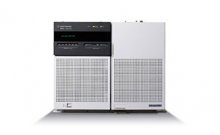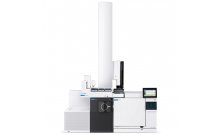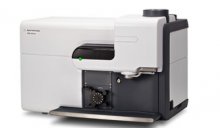用基于CE-MS的唾液代谢组学鉴定口腔/乳腺/胰腺癌特异谱
Metabolomics. 2010 March; 6(1): 78–95
Masahiro Sugimoto, David T. Wong, Akiyoshi Hirayama, Tomoyoshi Soga, and Masaru Tomita
Abstract
Saliva is a readily accessible and informative biofluid, making it ideal for the early detection of a wide range of diseases including cardiovascular, renal, and autoimmune diseases, viral and bacterial infections and, importantly, cancers. Saliva-based diagnostics, particularly those based on metabolomics technology, are emerging and offer a promising clinical strategy, characterizing the association between salivary analytes and a particular disease. Here, we conducted a comprehensive metabolite analysis of saliva samples obtained from 215 individuals (69 oral, 18 pancreatic and 30 breast cancer patients, 11 periodontal disease patients and 87 healthy controls) using capillary electrophoresis time-of-flight mass spectrometry (CE-TOF-MS). We identified 57 principal metabolites that can be used to accurately predict the probability of being affected by each individual disease. Although small but significant correlations were found between the known patient characteristics and the quantified metabolites, the profiles manifested relatively higher concentrations of most of the metabolites detected in all three cancers in comparison with those in people with periodontal disease and control subjects. This suggests that cancer-specific signatures are embedded in saliva metabolites. Multiple logistic regression models yielded high area under the receiver-operating characteristic curves (AUCs) to discriminate healthy controls from each disease. The AUCs were 0.865 for oral cancer, 0.973 for breast cancer, 0.993 for pancreatic cancer, and 0.969 for periodontal diseases. The accuracy of the models was also high, with cross-validation AUCs of 0.810, 0.881, 0.994, and 0.954, respectively. Quantitative information for these 57 metabolites and their combinations enable us to predict disease susceptibility. These metabolites are promising biomarkers for medical screening.




